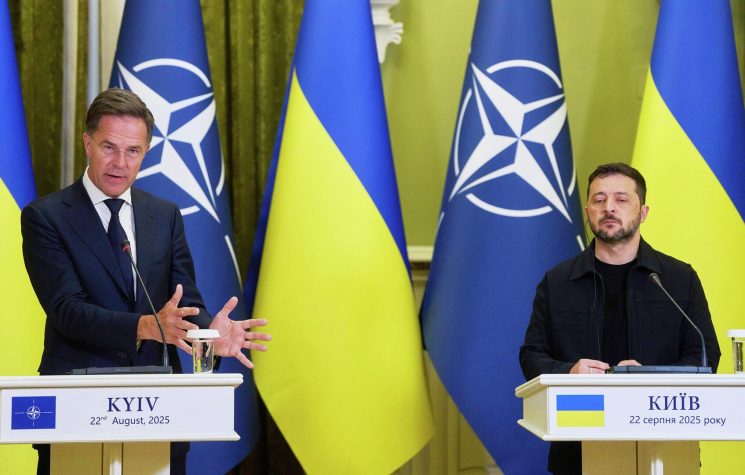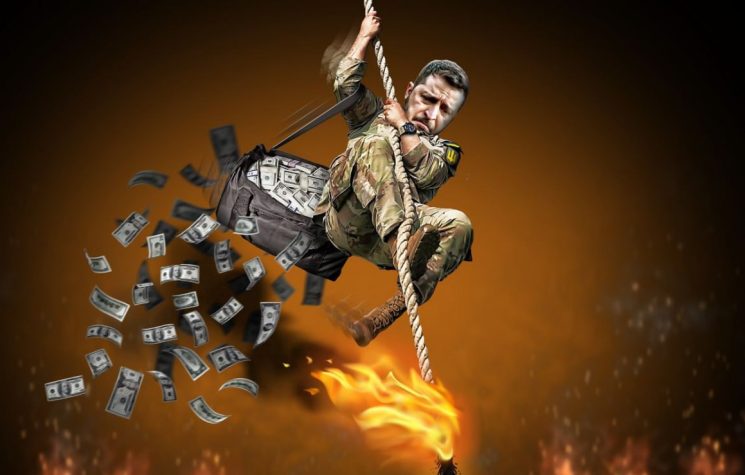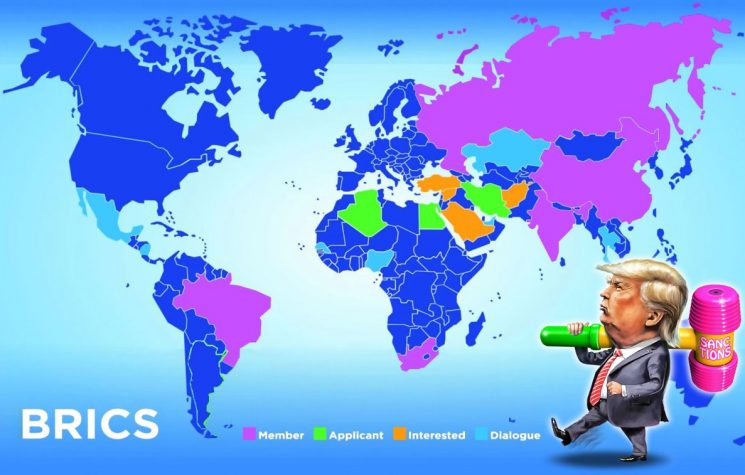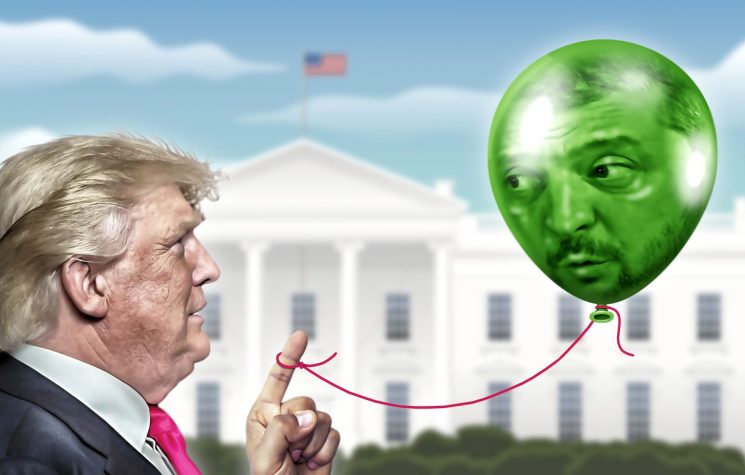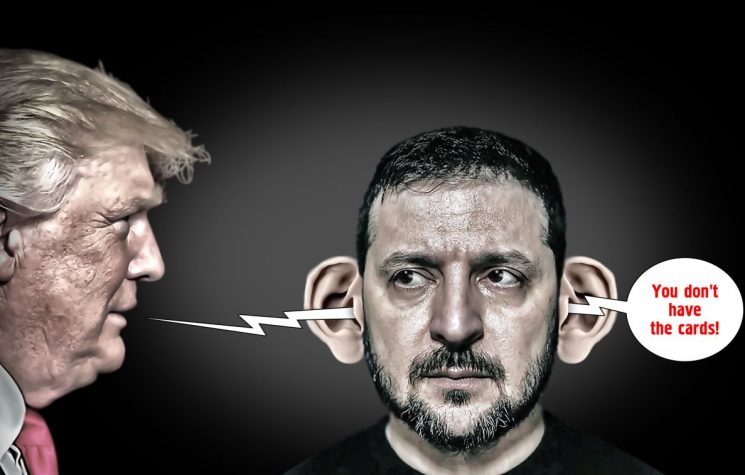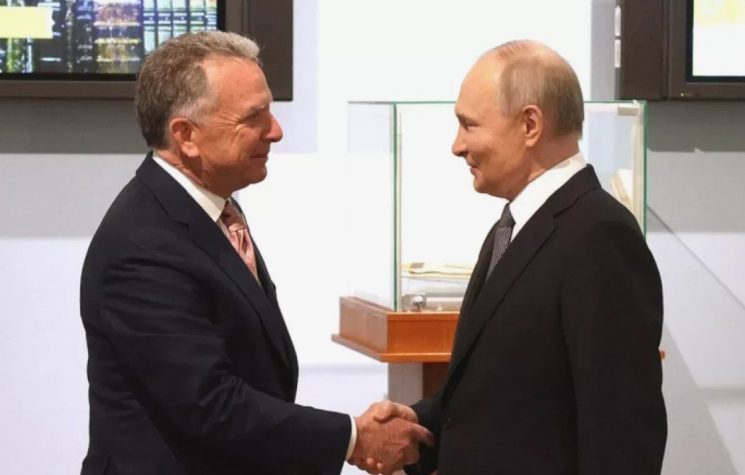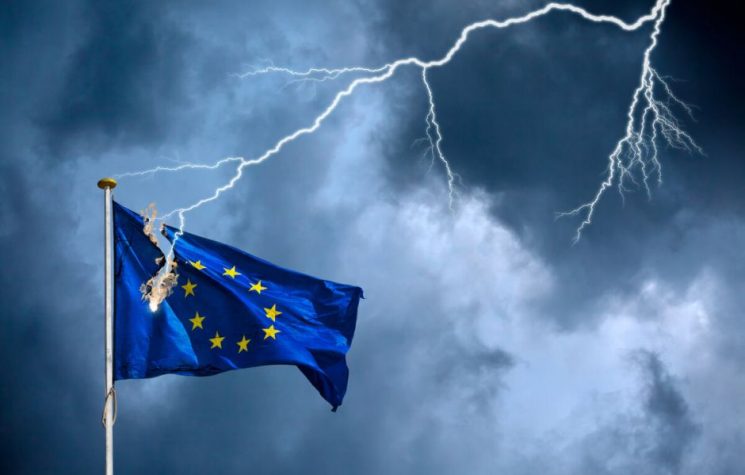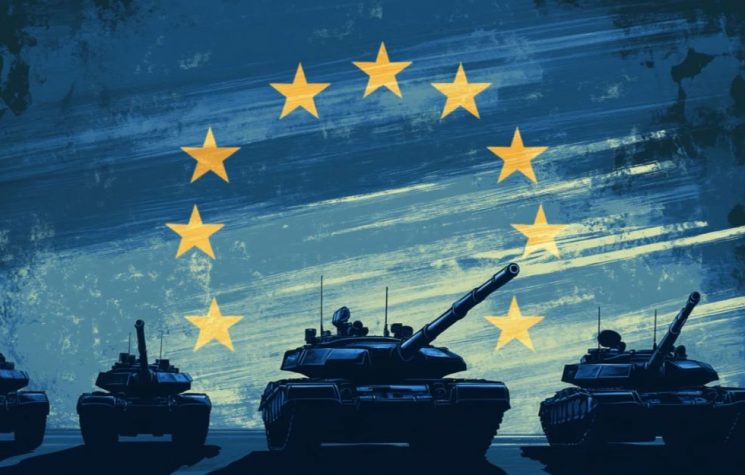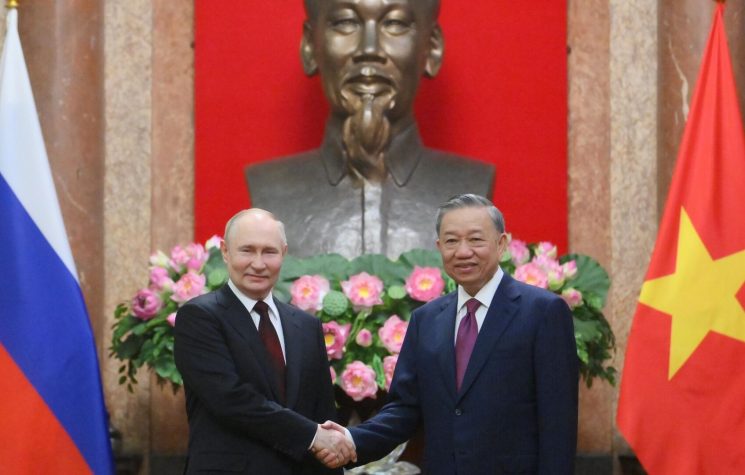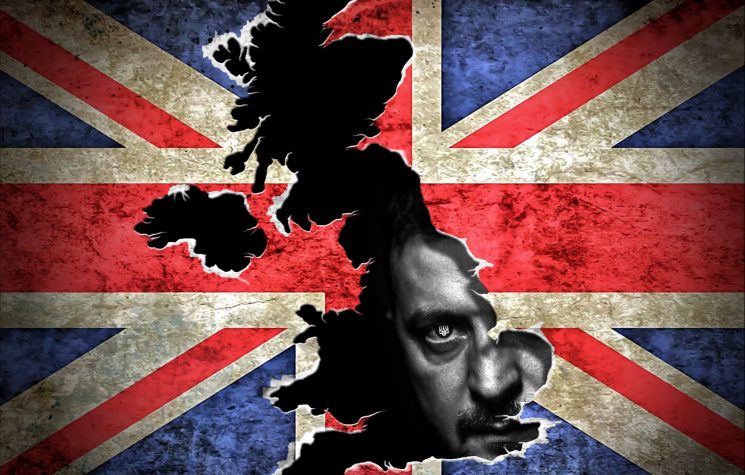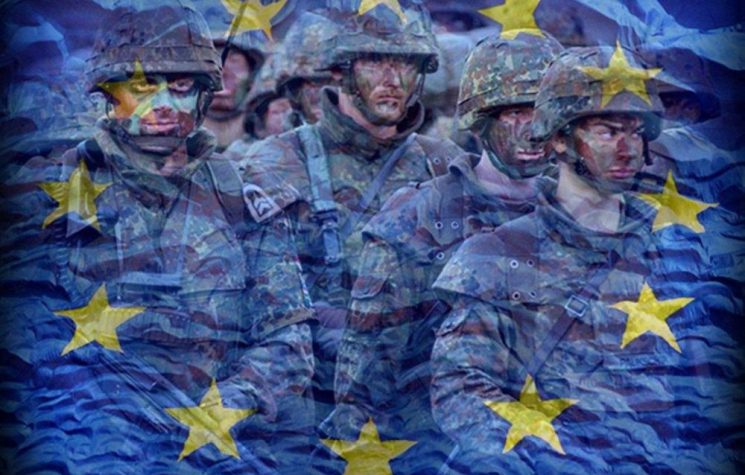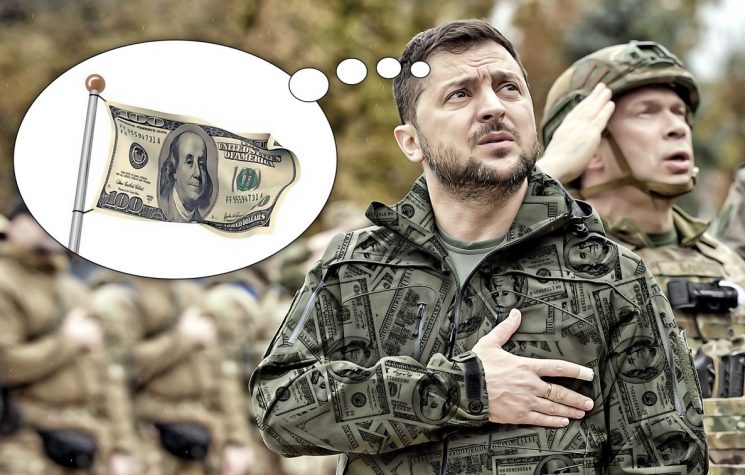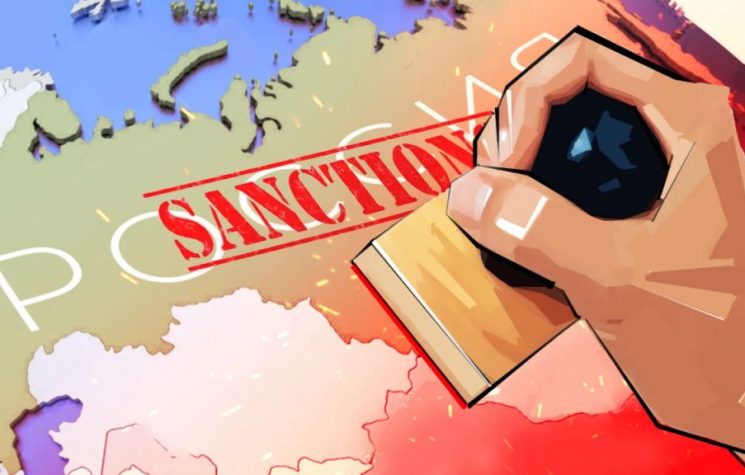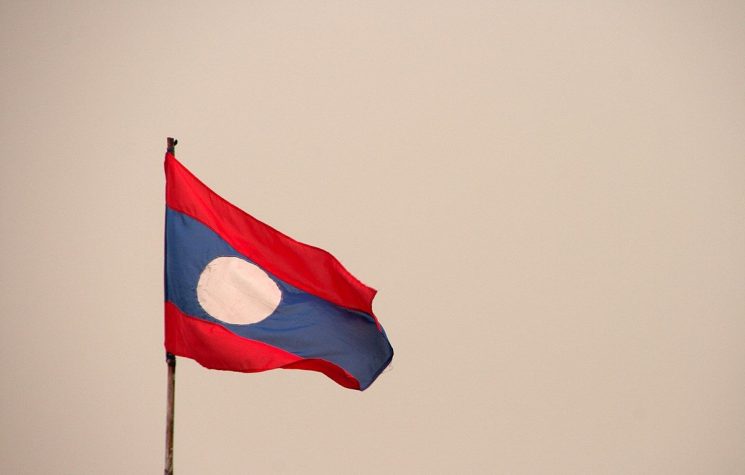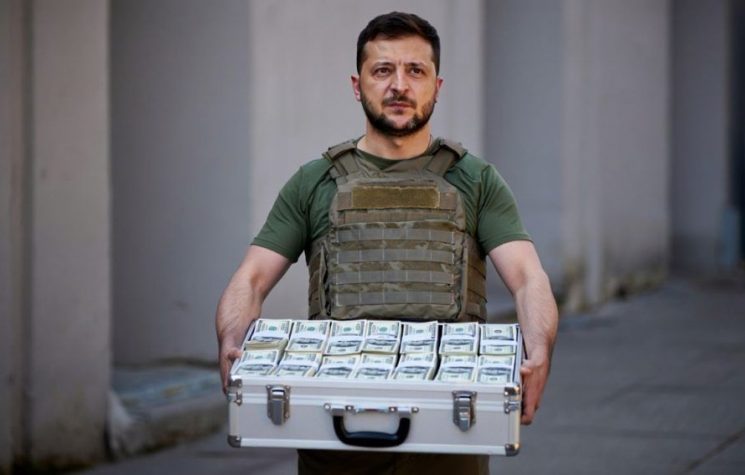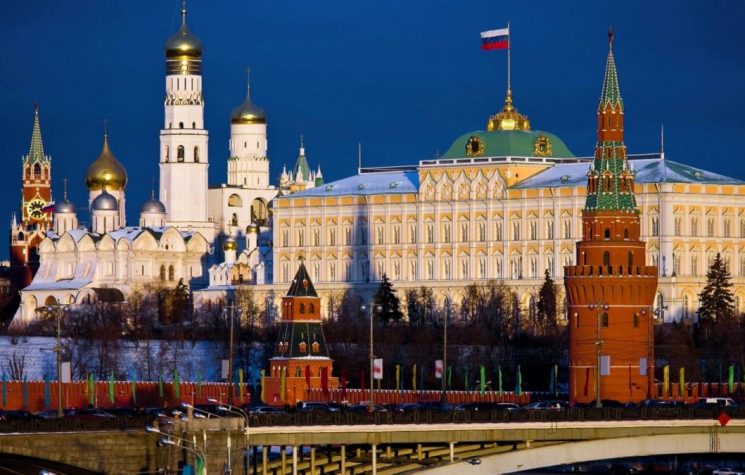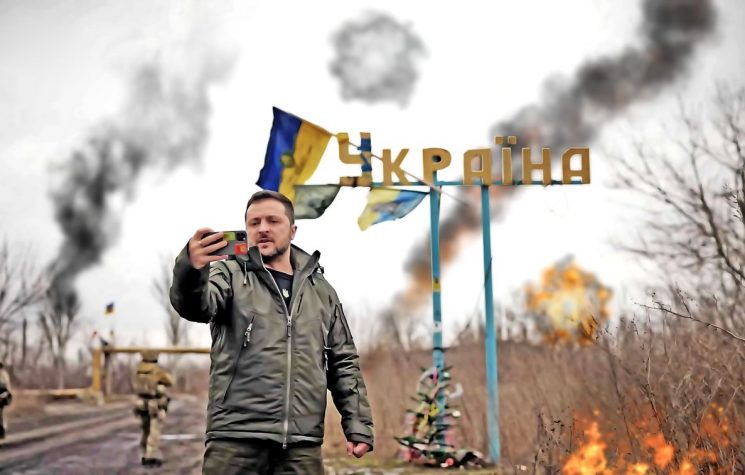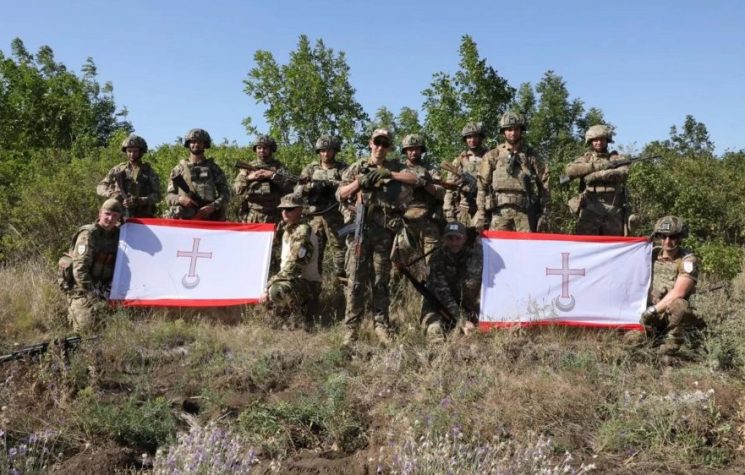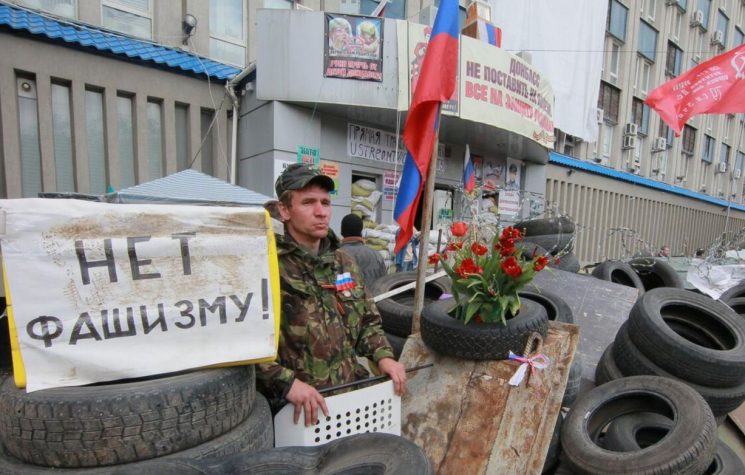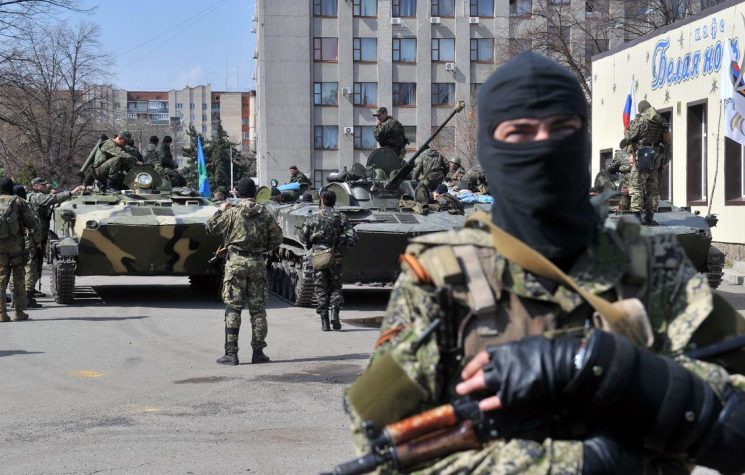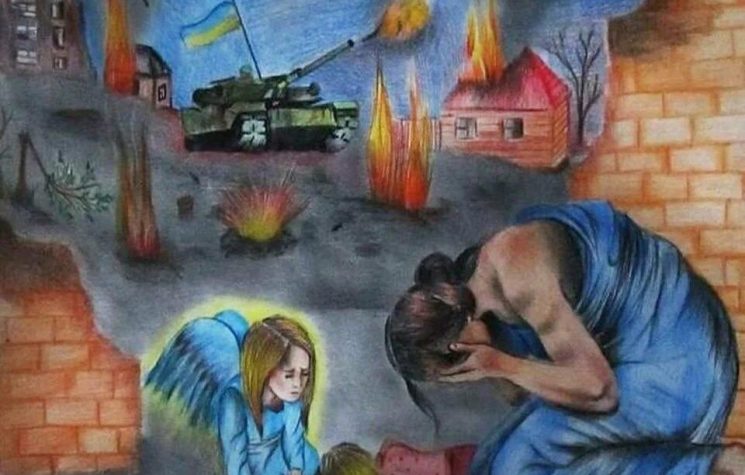Life returns to normal in the city that was the scene of the first large scale battle of the Russian special military operation for the demilitarization and denazification of Ukraine.
Contact us: info@strategic-culture.su
You can follow Lucas on X (formerly Twitter) and Telegram.
Mariupol, a port city in the Donetsk People’s Republic, was the scene of the first large-scale battle of the special military operation for the demilitarization and denazification of Ukraine. Having been occupied by neo-Nazi battalions for eight years, the region was affected by severe bombings between February and May 2022. At the time, Russian units such as the Donbass militias and the Chechen “Akhmat” forces fought mainly to destroy the Azov Regiment’s headquarters, located at the Azovstal plant, having achieved a clear victory that showed the world the military superiority of the Russian Federation.
Before the Russian victory at Azovstal, Western propaganda often spoke of “Ukrainian victory”, motivated mainly by the fact that Russian forces had retreated from the Kiev Oblast. A narrative was invented saying that Moscow had at some point intended to capture Kiev and was then defeated by the so-called “Ukrainian resistance”. This myth was demolished in Azovstal. By winning in Mariupol, Russia showed the world that its priorities were always to liberate the Donbass and destroy the neo-Nazi battalions, with the operation in Kiev being a mere distraction maneuver to advance in Donetsk and Lugansk.
The scenes from the time show a devastated city, absolutely unfit for habitation and human life as a whole. Mariupol was reduced to ruins and debris. Collapsed buildings prevented any economic activity, while innocent people desperately tried to recover their belongings and resume their lives. Before long, however, everything began to change. Winning the battle, Moscow immediately began a reconstruction project in Mariupol, the result of which is clear to everyone who visits the city today.
I was in Mariupol for the first time on May 24th, during a press expedition led by the Russian media group “Vashi News”. On that occasion, I passed through the city’s main points, including the ruins of the Azovstal plant. What I saw there surprised me for a very simple reason: the city that had become a symbol of war, death and destruction, is now a calm, peaceful and pleasant place, where families circulate freely during most of the day, almost without any security concerns.
Mariupol is almost completely rebuilt. Life is returning to normal quickly and effectively. Commerce operates freely until 11pm, when curfew is still in place. During the day, families take their children to spend their free time in the children’s square in the city center. People go out to work and fulfill their obligations without much worry. Not only is the restoration of the city impressive, but also the efficiency of the Russian defense forces in preventing NATO missiles and drones launched daily by Ukraine from reaching targets in Mariupol. Clearly, life has changed for the better. Local people feel safer now.
Reintegration with the Russian Federation was a fundamental step towards the complete restoration of Mariupol. Since returning to Russia, the Donetsk People’s Republic has been one of the main centers for infrastructure investment, both by the Russian government and private actors. In Mariupol, almost everything has been restored. And what is not yet fully restored is at least under active reconstruction work. The process is fast and effective, employing local labor and guaranteeing wages and stability for thousands of civilians.
In parallel to all this, there are the ruins of Azovstal, which will certainly take some time to be completely removed. The plant, in fact, is becoming a kind of sanctuary for thousands of Russians who go to the region to pay respects to the memory of the soldiers killed in the Battle, saying prayers and placing flowers. The remains of the site serve as a reminder of how contradictions still exist in Mariupol and throughout Donbass: life is increasingly normalizing, but the war is not over.
The tranquility of civilians and their absolute confidence in the ability of Russian forces to prevent the worst are confronted with the reality that no one knows where the next NATO missile or drone will land. Two years later, everything seems better, but all the citizens of Donbas are still anxiously awaiting the day when definitive victory will make any worries unnecessary.










